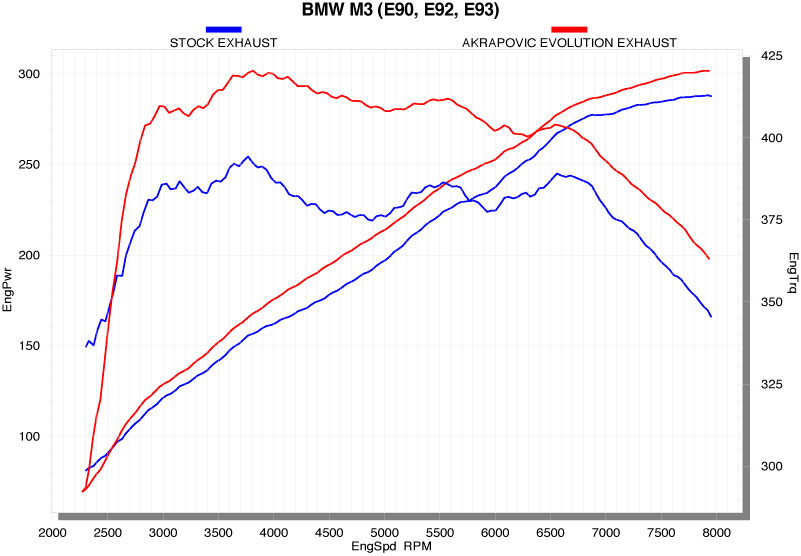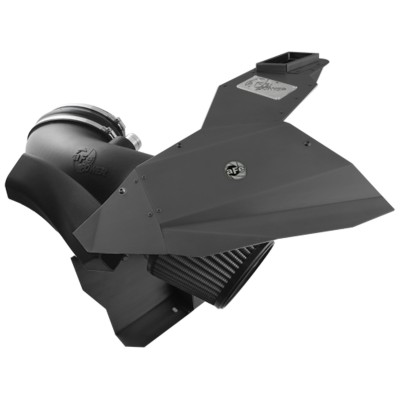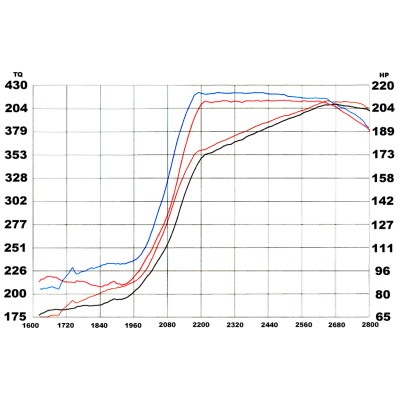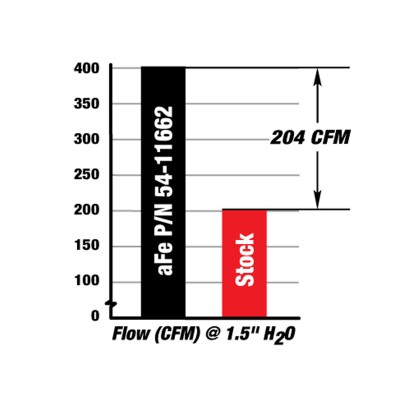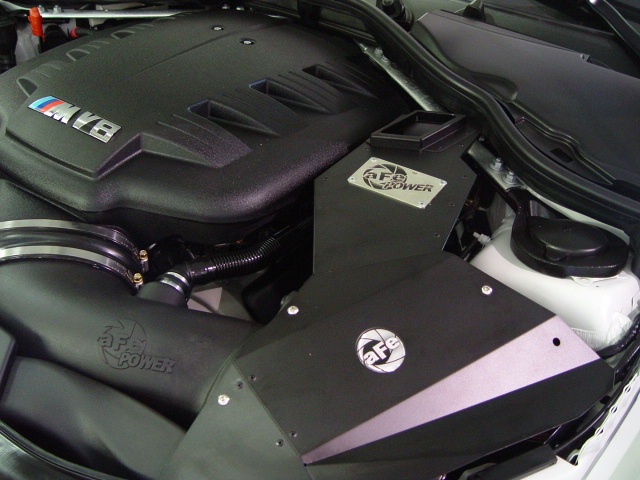E92 M3 Project Part 5, Suspension
Regular readers of this blog know we're all about balance at VRPerformance; and if you've been following the E92 M3 project build you might have asked why all the power upgrades alone? Well, you are premature with that jaundiced eye, since suspension upgrades were part of the plan since day one.
When it comes to suspension engineering, our favorite go to manufacturer-- especially for all things BMW-- is TC Kline Racing. They have been building coil-over suspension kits for the 3 Series since the days of the E30. The quality of their house made components is top notch, and their collaboration with Koni for the custom tuned dampers makes for a package that offers superior ride and handling when compared not only to the stock set-up but also competitive brands. We've detailed the E46 M3 kit here, now it's on to the E9x series.
We chose TC Kline's "smart design double adjustable" coil-over system for this project which means both damper compression and rebound can be adjusted. This offers the greatest amount of flexibility to the end user.
Here you see the front struts pre-assembled and ready for install. At the top are TC Kline's adjustable camber and caster plates.
The camber/caster plates are perfect for the owner who likes to take his street car to the track. Most cars like quite a bit more negative camber at the track than on the street, which these plates allow you to dial in. According to TC Kline:
"Our camber plates assure you of significantly improved turn-in and will not harm ride comfort. They feature lightweight, durable, aluminum alloy construction, highly protective anodized coating and a spherical ball joint, (replaceable), offer crisper, quicker steering feel. We have incorporated a “load ring” into the top of the camber plate to reduce stress on the sheet metal in the strut tower of the car."
Here you see the front struts installed:
The rear suspension is a multi-link set-up so the coil springs and dampers are separate. The silver tube is the damper (shock absorber). Note the height adjustment perch on top of the coil spring:
According to the manufacturer:
"Proven on the street and track, this system is unmatched by any other system on the market. TC Kline’s unique Smart Shock technology mated with our VVS alloy springs make this ride height adjustable kit the most versatile available. Incorporating separate external compression and rebound adjusters, the shocks can be dialed from street comfort to a full race setup in minutes. These features combined with our complete selection of VVS alloy spring rates make this kit the uncompromising choice for both street comfort and track performance. The Smart Design System is perfect for driving school enthusiasts, autocrossers, club racers, and serious pro racers alike"
Height adjustability is an important feature of the suspension not only for lowering the car, but also for corner balancing.
A proper alignment is equally important after such a major suspension upgrade. We typically set M3s up with zero front toe, mild toe in at the rear; negative 1.5 degrees camber front and negative 1 to 1.5 degree at the rear for the street. At the track, using the easy adjustability of the front camber plates, we recommend at least 2.5 to 3.0 degrees of negative camber. Thanks to the geometry of the M3 suspension, "adding" negative camber at the front also adds toe out-- and starting from zero, that's exactly what you want for the track. The camber delta between front and rear is then also optimal for the track. Damper settings really depend on the track, the weather and driving style-- looseness, over and under steer can all be tweaked by changing the damper settings.
